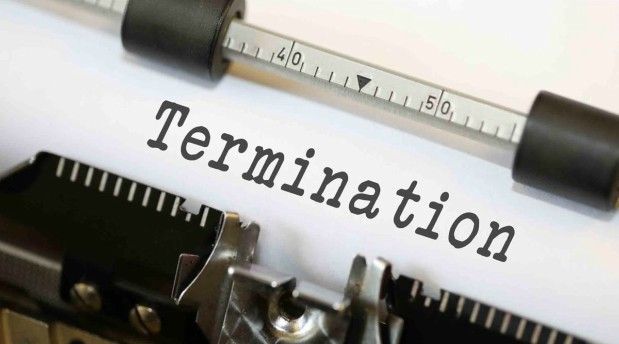10 Steps to Properly Fire an Employee
Post Views 373Summary: Properly fire a bad employee by following these simple steps. This will help you avoid facing any legal consequences.
No one enjoys firing an employee. The entire situation is uncomfortable for all to be involved in, especially when considering that a lawsuit could easily happen over it. In order to avoid the possibility of being sued, follow these steps.
- Go over past feedback and reviews. If the employee has received positive reviews in the past, immediately firing them may not be the best reaction. Make sure the employee knows that things are not going well.
- Sit down the employee, explaining to them that they are in trouble and things need to change as soon as possible. A formal warning and “memo to file” is necessary with a time period of 30 days to turn things around. Make it clear that termination is possible if the necessary changes are not made.
- Instruct the employee on what they are doing that is unacceptable and give them actions they can take to correct those behaviors.
- If it comes to the point where firing the employee is warranted, do so early in the week. Waiting until Friday does not give them enough time to stew over the termination. If you fire them early in the week, they will have a better opportunity to reach out to their network and start their new job search.
- During the actual termination meeting, have another person present that can act as a witness in case things do not go well. The things to actually say to the employee include the word “terminated,” a time that they are expected to leave the office, that there is cause for the termination but avoid going into details, how much the severance pay is, other benefits they are entitled to, and then explain what you will say if anyone calls for a job reference.
- Have the company’s employment law attorney draft a release of liability and then ask the former employee to sign the release. Explain that if they sign the release, they will be entitled to additional severance pay or another perk.
- Lead the former employee to their desk to get their things. Tell them to leave the office immediately and escort them to the door, making sure they turn in any identification that allows them to reenter the building.
- Once the former employee is gone, immediately reassign their duties to someone else. You can call the other employees together to explain that the person is no longer with the company, but do not go into details.
- If the former employee requests unemployment benefits, do not fight it or the case will likely go to a hearing. In the end, the employee will get the benefits, so don’t fight the inevitable. Saying just one thing out of line can open things up for a lawsuit.
- Ultimately, if you have a problem employee, don’t keep them around. Keeping a bad employee can wreak havoc on the entire workplace. Their bad behavior is noticed by others and when it continues without consequence, the other employees get the sense that they can also get away with the bad behavior.
Do you think the law favors fired employees too much? Share your thoughts with us in the comments below.
To learn more about how to handle bad employees, read these articles:
- How to Deal with These 5 Types of Toxic Employees
- How to Deal with Negative Employees
- Focus on Employee Morale to Improve Your Company
Photo: thebluediamondgallery.com
10 Steps to Properly Fire an Employee by Amanda Griffin



 Is It Legal to Refuse to Hire Smokers?
Is It Legal to Refuse to Hire Smokers?  Home Depot Sued by Two Former Female Employees for Sexual Discrimination
Home Depot Sued by Two Former Female Employees for Sexual Discrimination  The New Trend of Defamation Lawsuits
The New Trend of Defamation Lawsuits  Telecommuting Doesn’t Work for All Jobs
Telecommuting Doesn’t Work for All Jobs  Fake FMLA Requests Can Be Overcome
Fake FMLA Requests Can Be Overcome  Cutting Full-Time Employee Hours Can Get You Sued
Cutting Full-Time Employee Hours Can Get You Sued